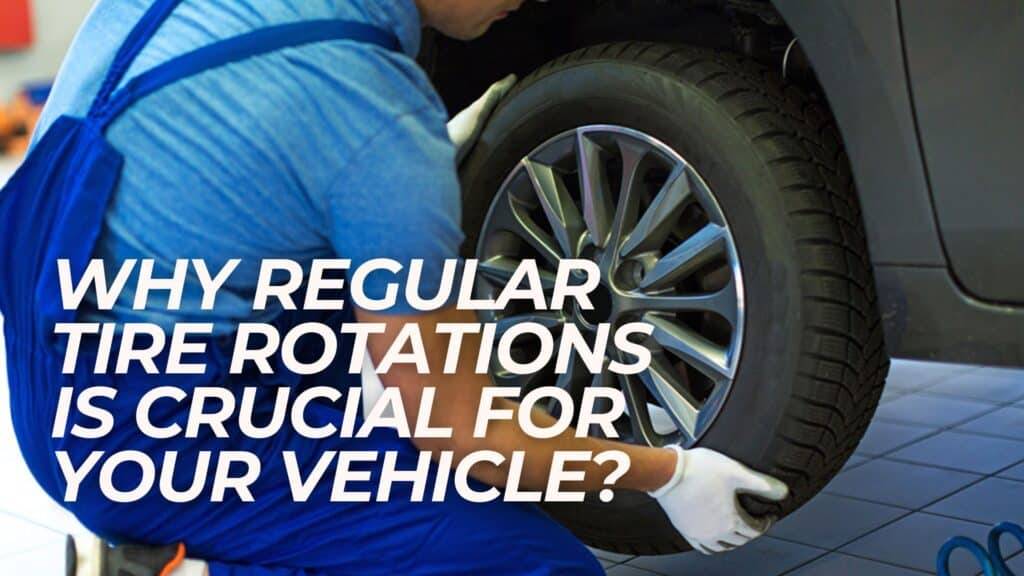Is your vehicle’s steering wheel vibrating or pulling to one side?
Uneven tire wear might be the culprit. Regularly rotating your tires is crucial for maintaining your vehicle’s safety, performance, and longevity.
This comprehensive guide will explore the importance of tire rotations and how they can save you money in the long run.
We’ll cover the benefits of regular tire rotations, such as extending tire life, improving fuel efficiency, and ensuring a smoother ride.
You’ll also learn how often to rotate your tires based on your driving habits and vehicle type.
By the end of this article, you’ll understand why tire rotations are vital to your vehicle’s maintenance schedule and how to keep your tires in top shape for years to come.
Understanding Tire Rotation and Alignment
What Is Tire Alignment?
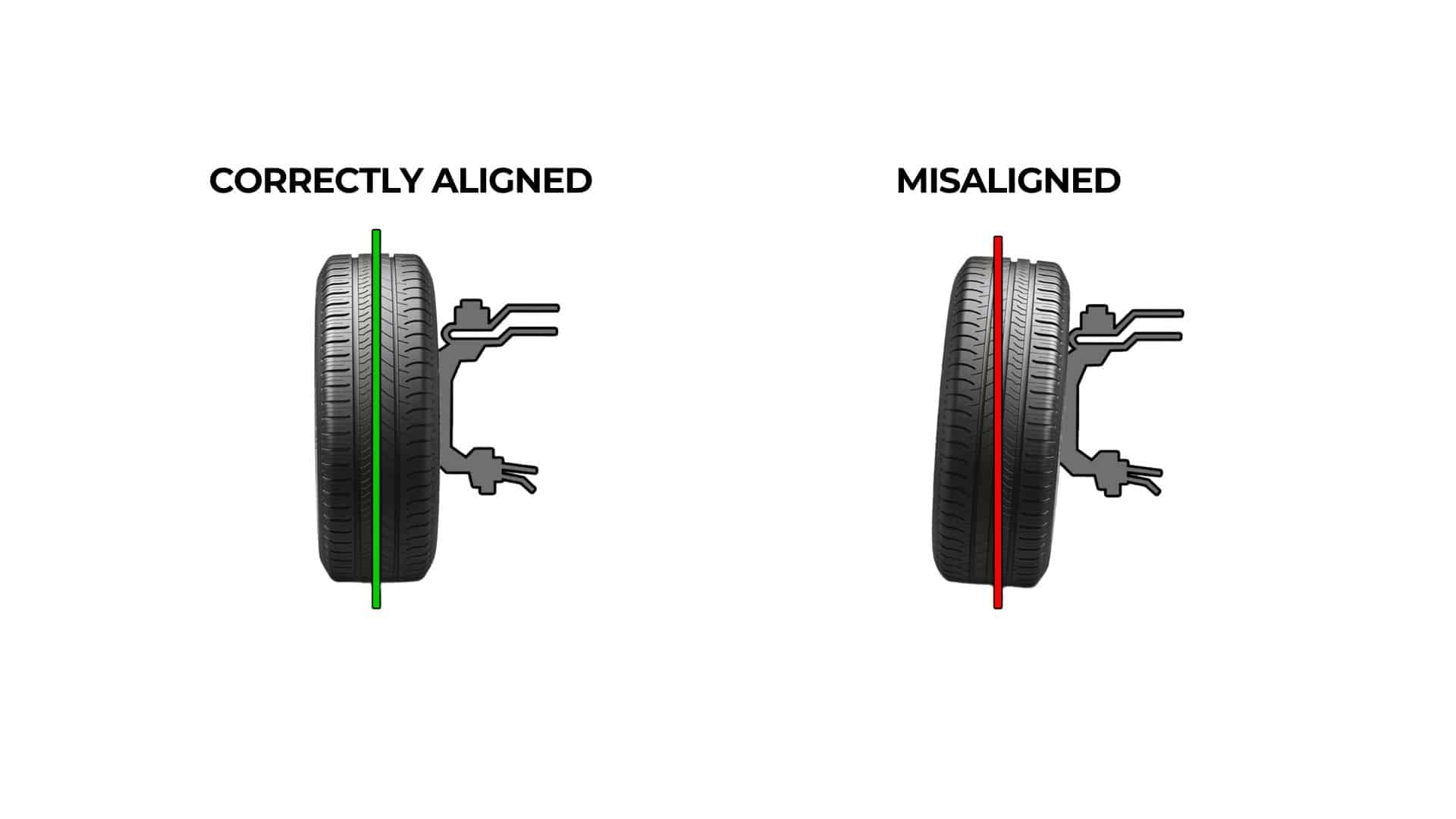
Tire alignment is adjusting the angles of your vehicle’s wheels to match the manufacturer’s specifications.
This crucial adjustment ensures that your car travels straight and true without pulling to one side or the other.
Proper alignment is essential for optimal safety, performance, and driving efficiency.
Having your tires aligned correctly is vital for several reasons. First and foremost, it impacts the safety of your vehicle.
Misaligned tires can cause your car to drift or pull, making it harder to control, especially in emergencies.
Additionally, proper alignment helps extend the life of your tires by ensuring even wear across the tread.
This saves you money on premature tire replacements and improves your vehicle’s overall performance and fuel efficiency.
What Is Tire Rotation?
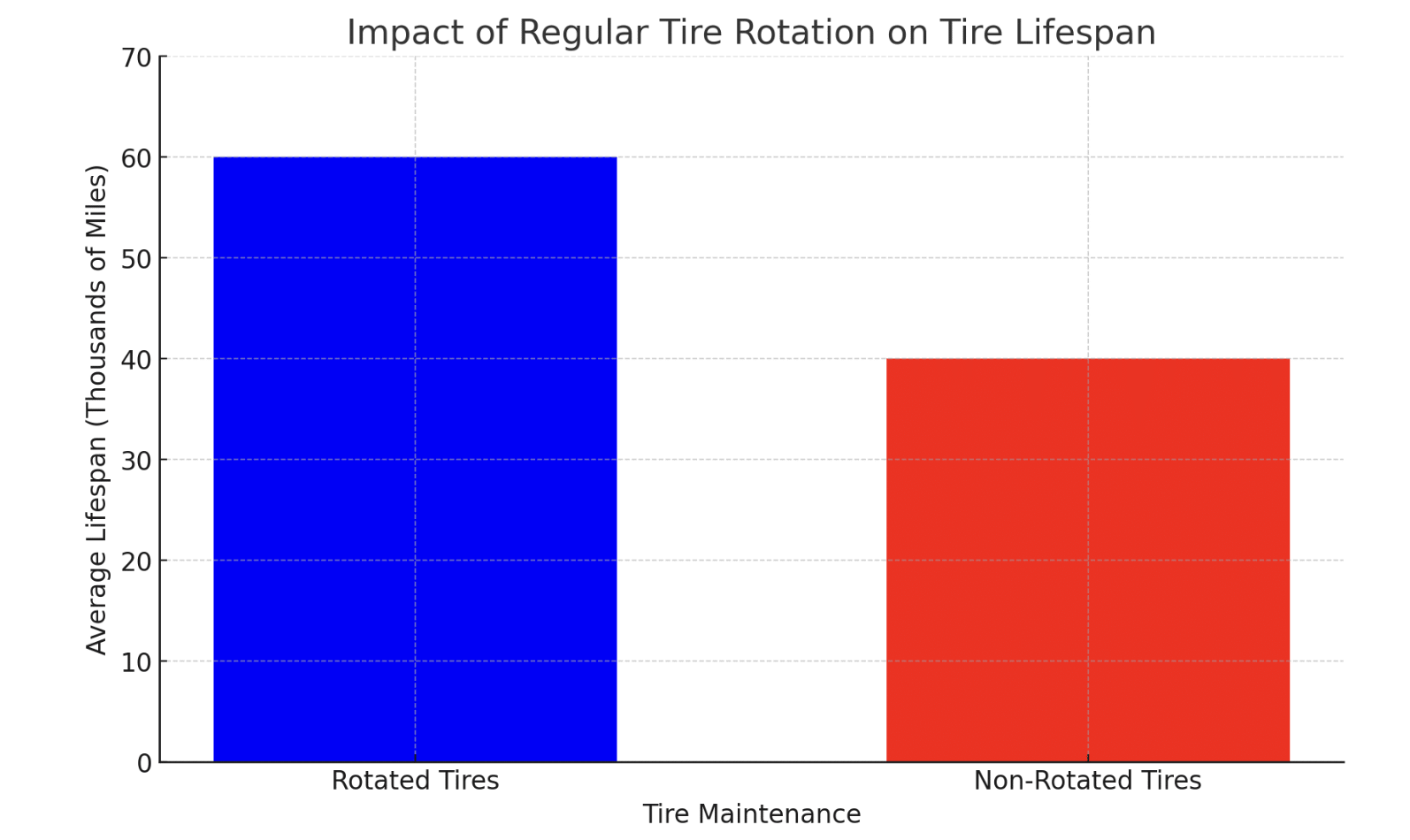
Tire rotation involves moving your vehicle’s tires from one position to another to promote even wear.
This practice helps maintain the balance of wear and tear across all four tires, ensuring they last as long as possible.
By rotating your tires regularly, you can maximize their lifespan and keep your vehicle running smoothly.
Regularly rotating your tires offers several key benefits.
First, it helps extend the life of your tires by distributing wear evenly, preventing any one tire from prematurely wearing down.
This can save you money in the long run by reducing the need for frequent tire replacements.
Additionally, even tire wear improves your vehicle’s gas mileage and ensures that it handles predictably and reliably, particularly when braking or turning.
You can enhance your vehicle’s overall performance and safety by prioritizing tire rotations.
The Advantages of Keeping Your Tires in Top Shape
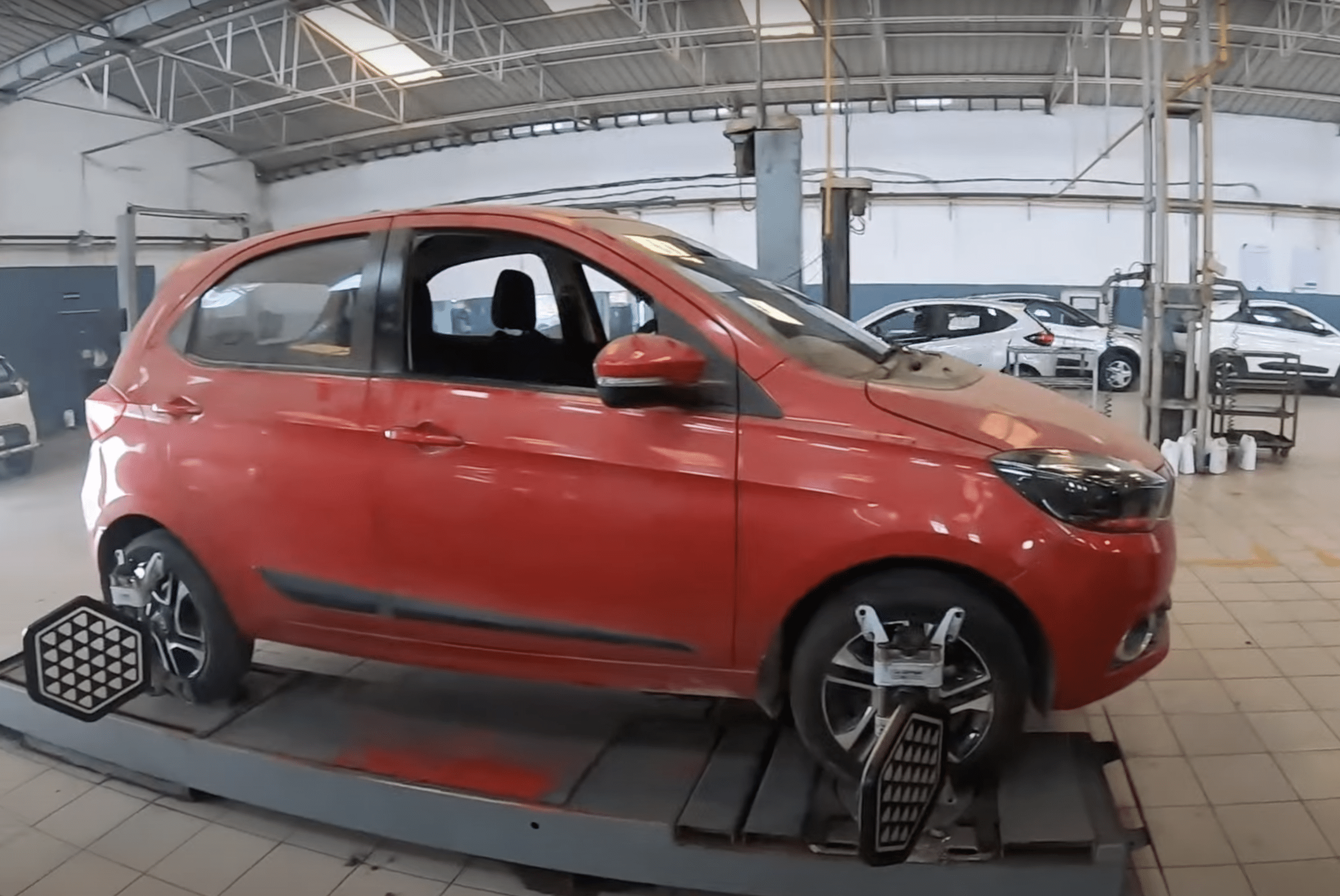
1. Prioritizing Safety: Tire Maintenance Keeps You Secure on the Road
One of the most significant benefits of regular tire rotation and alignment is enhanced driving safety.
When your tires wear evenly, your vehicle maintains better contact with the road, improving maneuverability and reducing the risk of accidents.
This is especially crucial when navigating sharp turns or braking suddenly.
Moreover, properly maintained tires provide better traction on various surfaces, such as wet or icy roads, ensuring you remain in control of your vehicle even in challenging conditions.
2. Saving Money in the Long Run: Extending Tire Life and Avoiding Costly Repairs
Investing in regular tire maintenance can have significant economic advantages.
By rotating your tires and keeping them aligned, you can extend their lifespan and avoid the need for premature replacement.
This can save you hundreds of dollars over the life of your vehicle. Additionally, neglecting tire maintenance can lead to uneven wear, which stresses your car’s suspension and steering systems.
By keeping your tires in good condition, you can prevent costly repairs to these critical components.
3. Enjoying a Smoother, More Efficient Ride: The Benefits of Well-Maintained Tires
In addition to safety and cost savings, regular tire maintenance can also enhance your vehicle’s overall performance.
When your tires are properly inflated and aligned, your car experiences less rolling resistance, which can improve fuel efficiency.
This means you’ll save money at the gas pump while reducing your environmental impact.
Moreover, well-maintained tires contribute to a smoother, more comfortable ride and better handling, making your driving experience more enjoyable.
Choosing the Right Rotation Pattern for Your Vehicle
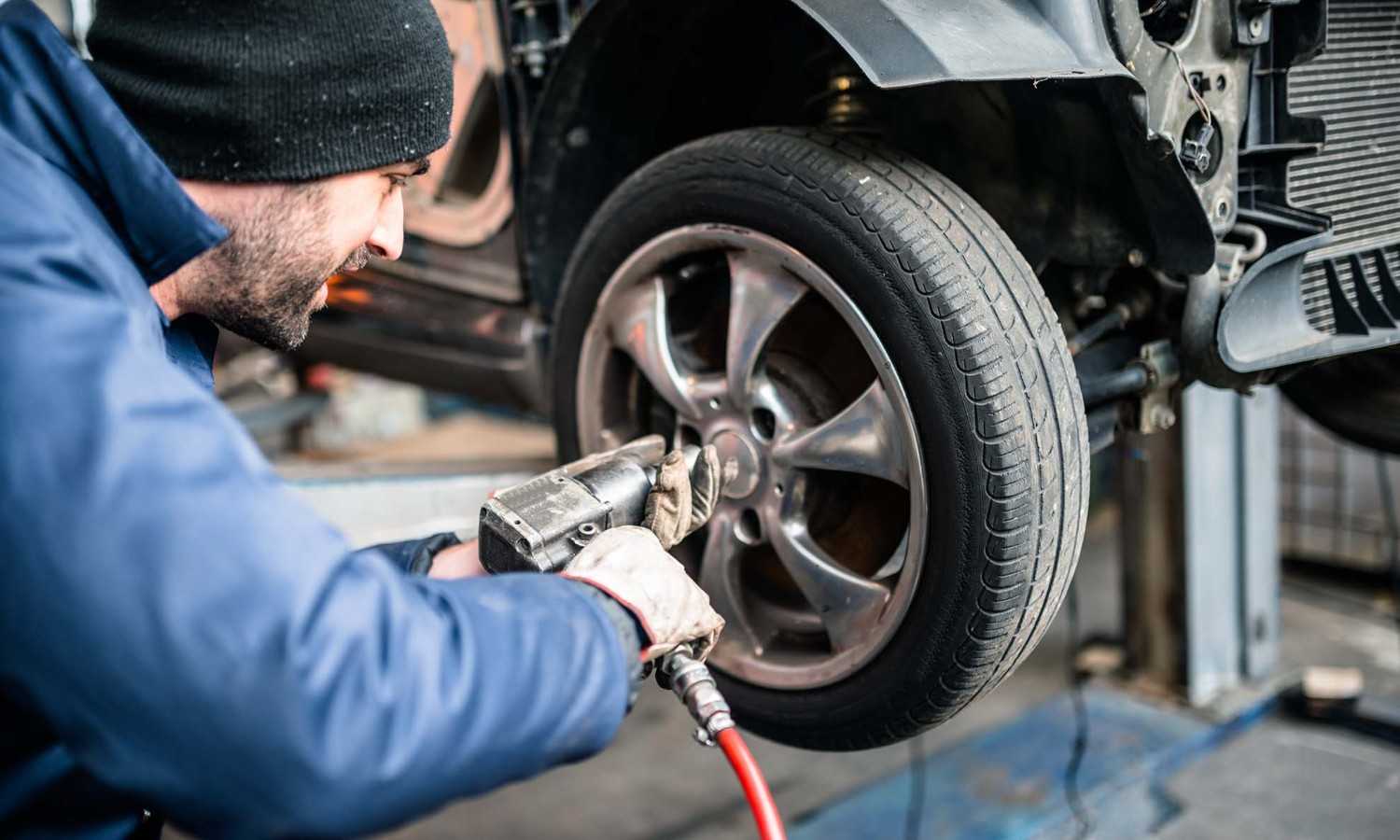
The proper tire rotation pattern for your car depends on its drive type.
Front-wheel-drive cars typically use a forward cross pattern, in which the front tires are moved straight back, and the rear tires are crossed to the front axle.
Rear-wheel and all-wheel drive vehicles often employ a rearward cross pattern, with the rear tires moving straight forward and the front tires crossing to the back.
If your car has directional tires or a full-size spare, you must follow special rotation procedures to ensure even wear and maintain the tires’ intended performance.
Weighing Your Options: DIY Tire Rotation vs. Professional Service
| Aspect | DIY Tire Rotation | Professional Tire Rotation Service |
|---|---|---|
| Cost | Minimal to none (if you already have the necessary tools). | Varies, typically ranging from $20 to $50 depending on location and service provider. |
| Tools Required | Jack, jack stands, lug wrench, torque wrench (for proper lug nut tightening). | Not applicable (provided by the service center). |
| Time Investment | 1-2 hours, depending on experience and available tools. | 15-30 minutes, plus any waiting time at the service center. |
| Benefits | – Saves money. – Flexibility to perform at your convenience. – Gain automotive maintenance experience. |
– Quick and convenient. – Performed by experienced technicians. – Often includes additional services (tire inspection, air pressure check, balancing). |
| Risks | – Potential for incorrect rotation pattern. – Risk of injury if not using tools properly. – Possible uneven wear if torque is not correctly applied. |
– Cost (if on a tight budget). – Requires scheduling and possibly waiting. |
| Ideal For | – Those with mechanical knowledge and experience. – Individuals with the necessary tools. – Enthusiasts looking to be more hands-on with their vehicle maintenance. |
– Individuals prioritizing convenience and time. – Those without access to tools or space. – Drivers who prefer professional oversight to ensure the job is done correctly. |
| Expertise Required | Moderate to high (understanding of vehicle’s specific requirements and tire rotation patterns). | Not required (performed by professionals). |
For mechanically inclined people, rotating their own tires can be a cost-effective way to maintain their vehicle.
However, following the manufacturer’s recommendations and using the proper tools to avoid damaging their tires or wheels is crucial.
If you’re unsure about your ability to rotate your tires safely or want the added peace of mind that comes with professional service, consider taking your vehicle to a trusted tire shop or mechanic.
In addition to rotating your tires, they can inspect them for signs of wear or damage and balance them for optimal performance.
Regular Tire Rotation: Addressing Common Concerns
1. Frequency of Tire Rotation
One of vehicle owners’ most common questions is how frequently they should rotate and align their tires.
While the exact interval may vary depending on your car’s make and model, a general rule of thumb is to rotate your tires every 5,000 to 8,000 miles or at every other oil change.
Alignment checks should be done annually or whenever you notice signs of misalignment, such as uneven tire wear or your vehicle pulling to one side.
If you frequently drive on rough roads or carry heavy loads, you may need to perform these services more often.
2. Understanding the Time and Financial Investment
Another concern many drivers have is the cost and duration of tire rotation and alignment services. A tire rotation can cost between $20 and $50, depending on the vehicle type and the service provider.
Alignments are more expensive, averaging between $50 and $150. However, these costs are a worthwhile investment in the longevity and performance of your tires.
As for the time commitment, a tire rotation typically takes 15-20 minutes, while an alignment can take up to an hour.
Many service centers offer these services together, allowing you to do both efficiently in a single visit.
Conclusion
In conclusion, regular tire rotation and alignment are essential aspects of vehicle maintenance that should not be overlooked.
By understanding the importance of these services and implementing them into your routine, you can enjoy enhanced driving safety, prolonged tire life, reduced costs, and improved overall vehicle performance.
Whether you perform tire rotations or seek professional assistance, staying on top of this critical maintenance task will keep you and your passengers secure on the road and maximize the value of your vehicle’s investment.
So, the next time you’re due for a tire rotation or alignment, don’t hesitate to prioritize this vital service—your tires and wallet will thank you.
Stay safe, and happy driving!

